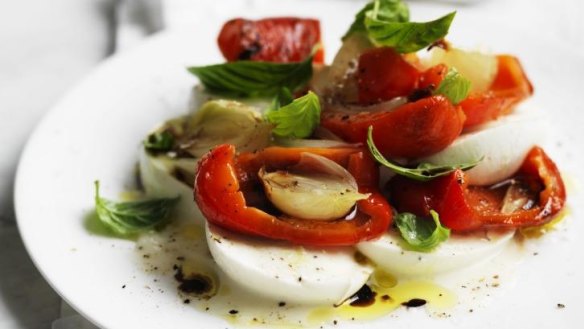Brain Food: Does the raw movement mean I can eat all food raw?

I have seen lots about the Raw Food movement. Can I eat all food raw? C. Arthurs
The words "raw", "food" and "movement" sound like something best discussed with a gastroenterologist, and not polite dinner conversation. The proponents of raw food promote eating unprocessed food, fermented food and food that has not been heated above about 50C. Can you eat all food raw? Some foods offer more nutrition when cooked. According to an article in Scientific American, carrots, asparagus, cabbage, peppers are more nutritious after some cooking. Mushrooms, for example, are more nutritious and offer more available potassium when cooked. Morels are poisonous when raw but edible when cooked. Grains such as wheat, barley, rye and oats are more digestible when soaked, fermented or sprouted and not consumed raw. (The raw food movement suggests grains are sprouted). The calcium, iron and magnesium in spinach are more available when cooked but you do knock out some of the vitamins. Tomatoes contain a compound called lycopene, a carotenoid that has been identified as an antioxidant which is released after cooking. But the myrosinase in broccoli, an enzyme with health benefits, is destroyed by cooking. You also have to consider, especially in the family situation when you want everyone to eat more vegetables, what is more delicious – raw or cooked veg.
Ginger comes in all shapes and sizes, so how do I know I'm getting the right amount when a recipe asks for 5cm grated ginger? A. Gripton.
Once, when writing a cookbook, I listed "a small knob of ginger" in a recipe's ingredients. The editor asked me to remove it. I asked her if this was because it may be offensive to female readers. She replied, "No. Just to some male ones." Ginger is not like yeast or baking powder, where slight variations in ratio can affect a dish. It's a flavouring and can be varied to personal taste. Early-harvest ginger from February-March is milder than the late winter-harvest ginger we have in store now. Most ginger is about the thickness of a man's thumb when peeled (the ginger, not the thumb), so when shopping look for average-sized ginger if you're worried about following the recipe.
I am making Christmas puddings. A friend told me to remove the greaseproof paper and replace it with fresh greaseproof paper before storing in the fridge. G. Cullen
You could do that. And you could wish everyone "happy holidays" while you're at it. Making Christmas pudding with the family is one of those last bastions of Christmas rituals left to us. The aroma of fruit soaking in brandy, the house filled with fragrant spices, the nuggety little bowl sequestered in the linen cupboard for months to let it age. Leave the double layer of greaseproof paper on the pudding as it forms a seal against air. Also – make a small disc of greaseproof paper on the inside bottom of the pudding bowl as this stops the pudding sticking to the bowl. I simmer the pudding with the bowl sitting on an enamel saucer to avoid the bottom of the bowl getting too hot and the pudding getting too dark.
Send your vexing culinary conundrums to brainfood@richardcornish.com.au or tweet to @Foodcornish.
Restaurant reviews, news and the hottest openings served to your inbox.
Sign up